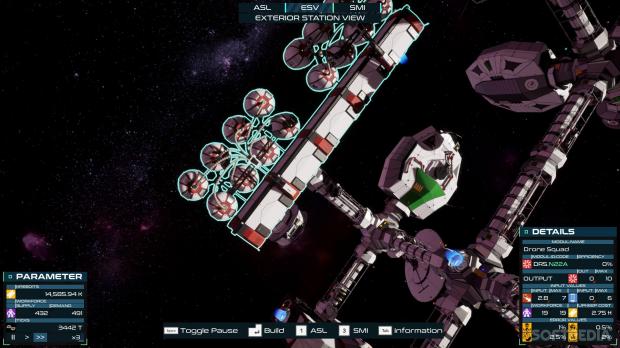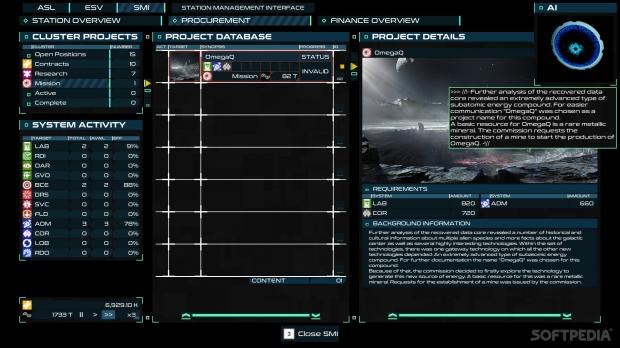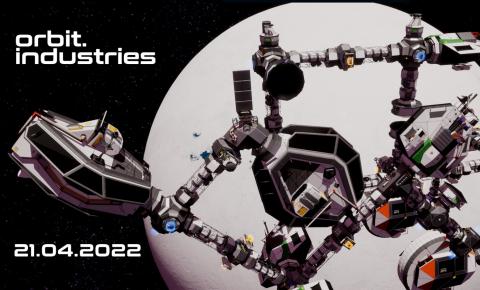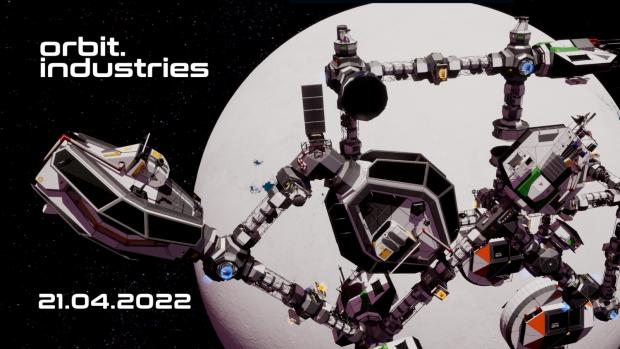I am comfortably running four money-making projects at a time, keeping my space station in the black, while contemplating a major expansion of capabilities. I have just completed some solid research and need to plan the locations of my solar arrays and how I plan to put up at least three deep-space dishes. It will be ready to push out a few extensions, separated with bulkheads, and simply drop the needed modules in. But I also need about the extra power they will need and about how I will connect them to the increasingly chaotic internal systems of my space station.
orbit.industries is developed by LAB132, with Klabater in charge of publishing. I played it on the PC using Steam, and it is also offered on the Nintendo Switch, the PlayStation 5, the Xbox Series X and S, and older consoles from Microsoft and Sony. This is a modern take on classic building and management concepts, with a focus on space-based thinking.
Players will become the commander of one space station, hanging over a planet, ready to explore the depths of space or connect distant trade nodes. The future universe the game is imagining is pretty standard, with a wide array of believable tech that will allow humanity to conquer space. The featured campaigns have plenty of functional writing but a relatively thin narrative. The game also offers an Endless mode, allowing them to develop their station with no narrative to work through, and a Creative one, which unlocks everything and features no contracts.



The gameplay is at the core of the orbit.industries experience. It has layers that interact to create a deep building and management space, where players need to pause the game and think before making choices. To create a functioning space station players need to build modules.
The choices are small at first, with more unlocked via research, and come in two flavors: functional and infrastructure. A functional module, like a conference room or a deep space dish, is required to run projects. An infrastructure module offers the power, the atmosphere, and other resources needed to run the entire structure. Each occupies space and costs credits to create (the building is instantaneous).
Once a module is created, players will switch to the internal systems view. Here they need to connect it to the already existing structure of the station. Once that’s done. It is time to switch to see which projects the station can run. These represent the only way to make money (there are loans but save them for emergencies). The interface takes a little time to get used to but, relying on shortcuts, it’s easy to move between building and management.
To make progress, players need to evaluate the available projects, including mission-critical ones, and create the infrastructure needed to run them. Don’t build too much too quickly. Make sure to run projects at all times, even the lower-ranked ones. Push the narrative forward once the station is somewhat optimized and there’s no problem with the flow of money. Make sure to segment the structure, based on function or expansion sequence, to make sure that incidents don’t spread too far or too fast.
orbit.industries manages to capture the sense of awe that a complex, space-based structure can convey. Sure, those labs might be better situated elsewhere. The energy is not flowing perfectly to all systems. There are some problems getting workers to all modules. But this is a player-built massive space station that is self-sustaining, allowing humanity to prosper among the stars.
orbit.industries does not look spectacular. The game has three layers, one allowing players to see their station in the real world, another designed to highlight connections between modules, and finally one that focuses on projects. It makes it easy to get all the info required for decisions, but it also means that I rarely looked at the space station I was developing. The soundtrack is understated, and I think players who plan to spend a lot of time with the title need to find a solid space rock playlist.



The Good
- Space station building mechanics
- Interactions between gameplay layers
- Focus on optimization
The Bad
- Conservative gameplay
- Limited narrative
- No presentation innovations
Conclusion
But the game doesn’t seem to aim to expand to audiences that don't already loves this genre. The presentation is functional but never pushes past that. There’s little world-building to create a sense of immersion. orbit.industries is a clear sign that LAB132 know their mechanics but they need to work on their ability to create a sense of wonder to attract a wider slate of players.
Review code provided by the publisher.
 14 DAY TRIAL //
14 DAY TRIAL // 


















